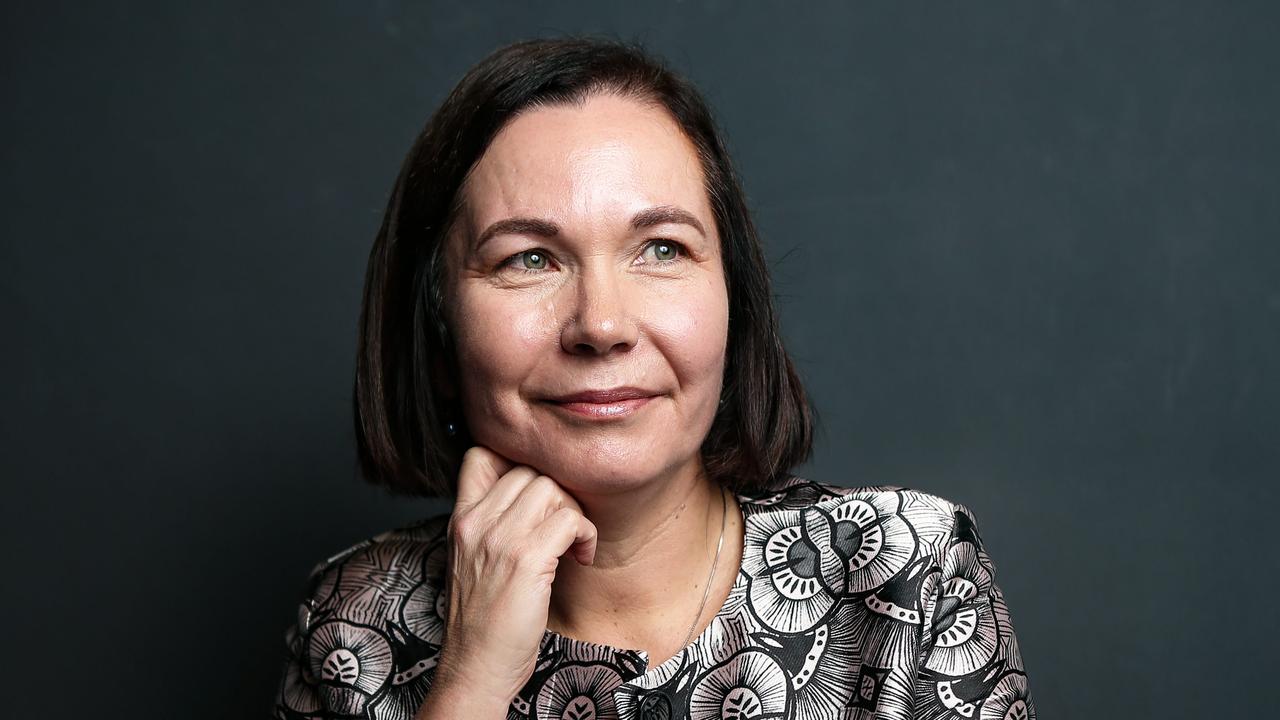
With a staggering 100 million weapons believed to be in circulation, it is estimated that the Russian-made Kalashnikov AK-47 assault rifle is responsible for at least 500,000 deaths a year - more than all the artillery fire, airstrikes and rocket attacks combined.
A leading French newspaper calls it the 20th century's most important invention.
So when the genius behind the world's most widely used weapon, Mikhail Kalashnikov, died aged 94 this week - hailed by Moscow as one of its greatest-ever heroes - there was inevitably speculation about how different the world might have been had the man dubbed by some as "the destroyer of worlds" had stuck to his benign original pursuit of designing agricultural implements.
To ponder that, however, is futile. For nothing is likely to diminish the central role the little Russian had on so much that has happened since he invented the AK-47 (AK for Avtomat Kalashnikova, 47 for 1947, the year it was first produced), which went into service with the old Soviet Union's Red Army in 1949.
In the world of combat weapons, the Kalashnikov is still king: it is the preferred combat weapon of military and special forces units in 106 countries.
No other rifle has a similar range of customers, most notably terrorists. Osama bin Laden made a point of always having one alongside during video appearances, and so does his successor, Ayman al-Zawahiri.
Al-Qa'ida terrorists everywhere rely on them. So, too, does the Taliban. And from Syria to Nigeria and beyond, they are the main assault weapon used by insurgent groups to kill and maim, and to overthrow governments.
An image of the Kalashnikov is included in the coats of arms of several nations that have endured armed conflict.
The rifle is incorporated in the flag of Mozambique, where a long war was waged against its former Portuguese colonial masters, and in that of the Iranian-backed terrorist organisation Hezbollah.
No other weapons, even those made by Samuel Colt in the American wild west, enjoy similar acknowledgment.
In Egypt, there is a giant monument in the Sinai Peninsula that pays permanent tribute to the rifle's central role in Middle East conflicts.
During the Vietnam War, many American soldiers abandoned their M16s (which jammed easily in harsh conditions) in favour of the Russian rifles they captured from their Viet Cong enemies. Time and again, they found them superior.
The AK-47 has been described as "an elegantly simple nine-pound (3.6kg) amalgamation of forged steel and plywood ... it doesn't break, jam or overheat ... it'll shoot whether it's covered in mud or filled with sand. It's so easy, even a child can use it."
Child soldiers in Africa are reputedly able to dismantle it and put it back together in 30 seconds.
In his 2010 book The Gun, American writer CJ Chivers writes that "the small-statured, the mechanically disinclined, the dimwitted and the untrained" could wield the lightweight rifle with little difficulty or instruction and "push out blistering fire for the lengths of two or three football fields".
That is exactly what Kalashnikov wanted to develop when, as a young soldier interned in a Russian hospital with a shoulder injury during the 1941 Battle of Bryansk, he heard fellow soldiers complaining about their inferior Soviet rifles. They had nothing to match German automatics.
On his hospital bed, he decided to design something that would satisfy their needs and the AK-47 went into production in 1947.
Two years later, the "Kalash", as it became known, was the Red Army's primary combat weapon.
Armies and fighters across the world adopted it as their preferred weapon.
As a foreign correspondent, I have for decades seen it used by insurgents in Africa, Asia, the Middle East and Latin America - and can attest to the role it has played in gaining ascendancy for so many fighters.
Across Africa, in particular, there are generations of children who have been named Kalash..
In Zimbabwe it was the weapon with which Robert Mugabe's ZANU-PF guerillas fought their way to victory over white rule. So, too, was it key to the African National Congress's successful battle against apartheid in South Africa.
It was first used to crush dissent in the Soviet Union's satellites in Eastern Europe. Soon it was being manufactured throughout Eastern Europe, and when communism collapsed the world's conflict zones were flooded with the weapon.
It is now estimated to account for at least one-sixth of the $70 billion annual global trade in small arms that Australia, among other countries, has been seeking to help control through the UN Arms Trade Treaty.
It remains to be seen what impact the treaty will have. But nothing, it seems, is likely to impinge on or diminish the huge global appetite for Mikhail Kalashnikov's invention.
More than 100 countries manufacture AK-47s, including China and North Korea.
So, did Kalashnikov regret having brought the world such a potent weapon of death and destruction, and might the course of history have been different had he not, on his hospital bed, heard the complaints of those disgruntled soldiers around him?
It seems not: to the end, there was no self-reproach, no apology. "I sleep well," he was quoted as saying. "It's the politicians who are to blame for failing to come to an agreement and resorting to violence."
He told one reporter: "I think the policies of those countries (involved in conflict) are to blame, not the weapons designers."
He's probably right, but that does not diminish the astonishing impact of his invention.
Nor does it mean that if he had stuck to designing ploughs instead, the world would have been a safer place. Doubtless someone else would have come along with something similar.
Half a million deaths a year attributed to AK-47 gunfire is an awful number. Kalashnikov has a great deal to answer for, even in a world in which it is estimated up to eight million new small arms are being produced each year.
At the very least, proliferation on such a vast scale underlines the importance of that Arms Trade Treaty.
But don't expect to see any reduction in the numbers of AK-47s: too many villains and vagabonds around the world love and rely on the weapon.
As long as there are wars to be fought and crimes to be committed, the rifle is likely to play a central role.
Kalashnikov's invention was an astonishing achievement, for which the world will continue to pay a heavy price.




IT is the deadly weapon of choice of the world's coup plotters, terrorists, revolutionaries and insurrectionists, its international drug smugglers and its criminal gangs, as well as many of its conventional armies.